The third Emulsion Festival, curated jointly this year by Trish Clowes and Luke Styles, turned out to be more of a collage of original colours, when the second day of programming concluded at Village Underground last night. Yet the varieties of performance all shared a commitment to novel combinations of sound, technique and feeling, and drew collectively on inspiration from Rihanna’s “Only Girl in the World” to the classical chamber ensemble to create an absorbing spectacle of multi-genre music that was both emotionally and technically compelling.
The Village Underground itself was the other star of the evening. Its soaring vertical space, sheer brick surfaces and transept-like alcoves have never felt quite so much like a secular cathedral. Opening the concert with a piece for unaccompanied bass, Calum Gourlay filled the space with a combination of spinning bass beats and a virtuosic exploration of harmony evoking Bach. The placement of his instrument, dwarfed by the caverns above the stage, was a theatrical coup, its physical insignificance in stunning contrast to the resonant spirituality of the sound.
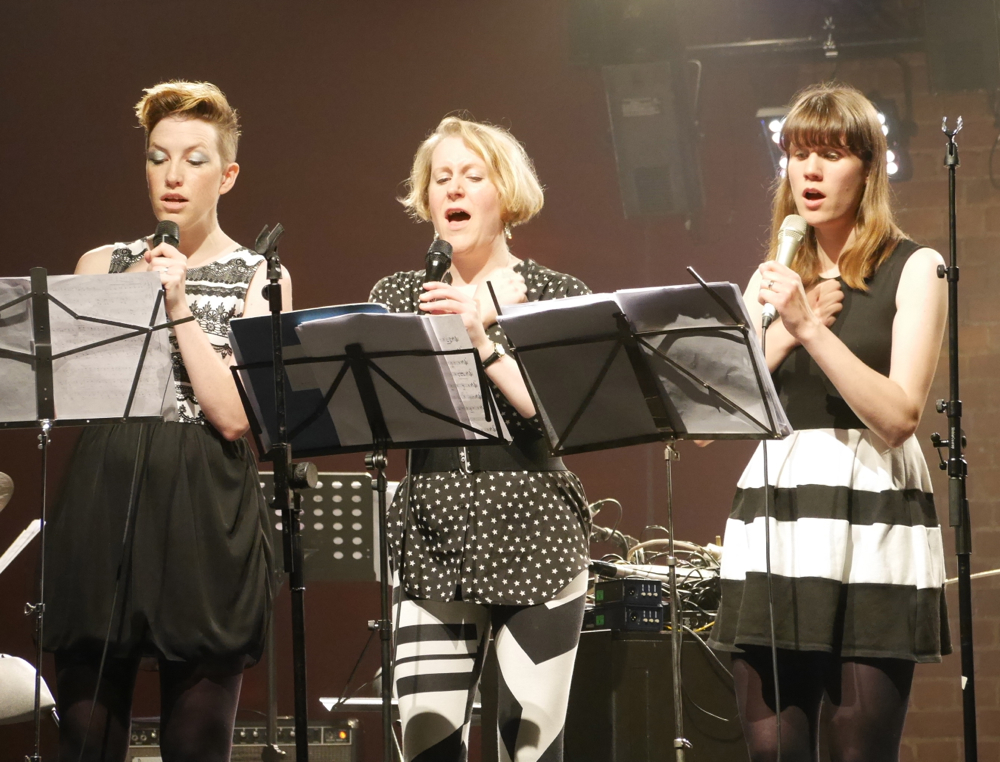 Juice, a (mostly) unaccompanied female vocal trio, played the first full set, a blend of original commissions and their own arrangements of pop songs, including the Rihanna piece. Technically capable of both angular contemporary classical pieces and gooey extruded pop lyrics, their covers are stripped of familiar saccharine arrangements, to create a completely revitalised arrangement that revels in the naked beauty of human voice.
Juice, a (mostly) unaccompanied female vocal trio, played the first full set, a blend of original commissions and their own arrangements of pop songs, including the Rihanna piece. Technically capable of both angular contemporary classical pieces and gooey extruded pop lyrics, their covers are stripped of familiar saccharine arrangements, to create a completely revitalised arrangement that revels in the naked beauty of human voice.
They concluded their set with Luke Styles’ piece “The Girl Who Wishes to Marry Stars”, for Juice and a small ensemble, and due, for their next performance at the Southbank Centre, to have three dancers to add visual theatre. It’s not, as the name suggests, set in a Manchester footballers’ bar, but was adapted from a native Canadian folk tale, and Styles balances the trio’s gorgeous swooping textures with economical, poignant five-piece instrumentation to tell the bittersweet tale (real stars are no better marriage prospect that footballers, it turns out) with irresistible panache.
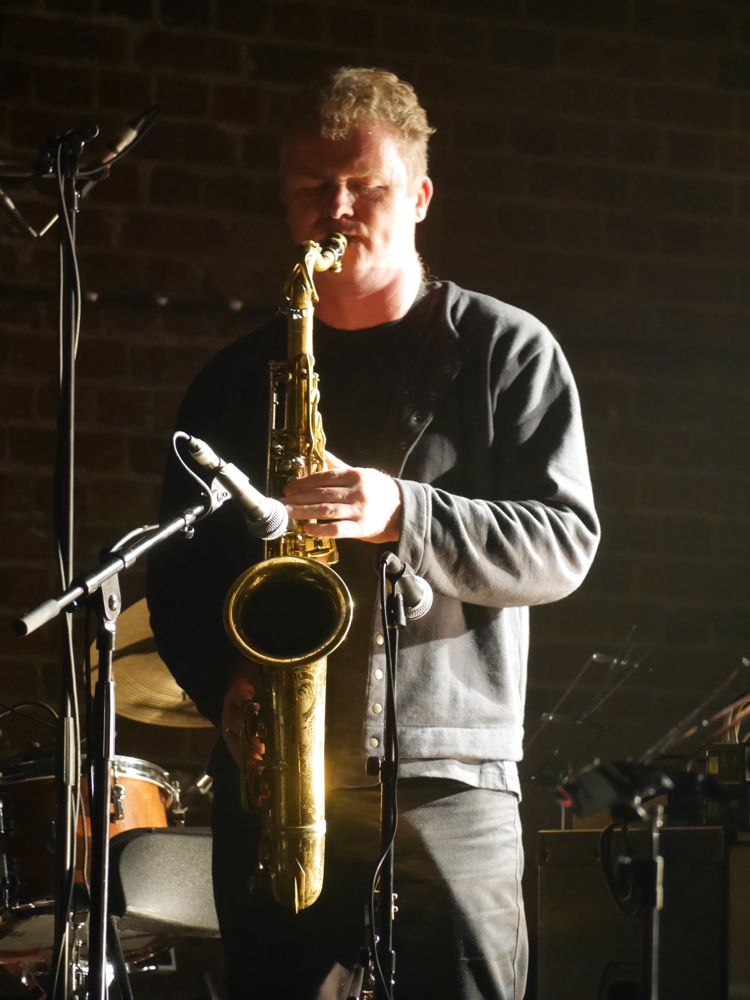 Food, a duo of saxophonist Iain Ballamy and drummer Thomas Strønen, came next. Their improvised, trance-like exploration of rhythm and texture was given theatrical heft by the setting, the two men isolated in space, like ceremonial priests in a maze of lights and smoke. Both players have a desk of loops and effects as well as acoustic instruments; both experiment with the softest acoustic sound, as well as brain-curdling rhythmic loops. Now signed to ECM, Ballamy’s acoustic playing has moments of likeness to his ECM colleague Jan Garbarek, though that smoothness is not the primary aesthetic, and is quickly obliterated by one of Strønen’s depth charges.
Food, a duo of saxophonist Iain Ballamy and drummer Thomas Strønen, came next. Their improvised, trance-like exploration of rhythm and texture was given theatrical heft by the setting, the two men isolated in space, like ceremonial priests in a maze of lights and smoke. Both players have a desk of loops and effects as well as acoustic instruments; both experiment with the softest acoustic sound, as well as brain-curdling rhythmic loops. Now signed to ECM, Ballamy’s acoustic playing has moments of likeness to his ECM colleague Jan Garbarek, though that smoothness is not the primary aesthetic, and is quickly obliterated by one of Strønen’s depth charges.
The final set comprised a series of original commissions for the Emulsion Sinfonietta (the evening’s combined forces plus guest trumpeter and violinist). Writing convincing jazz-influenced orchestral music has challenged composers as distinguished as Ellington and Shostakovich: the formal demands of jazz and the orchestra sometimes pull in different directions, and it’s hard to sound so original working with a traditional ensemble. Yet these were all charismatic pieces of orchestral writing, with, in several cases, such as Ballamy’s “Golden Acre”, and Clowes’ “Apple Boy”, an unexpected pastoral theme, emphasised by the Holst-like use of oboe and violin. Guitarist Chris Montague, meanwhile, opted for an American pastoral, giving his piece “Beamish” the jangling guitar lines of Bill Frisell.
Last year’s Emulsion Festival was held at Kings Place, which looked, on paper, like a more obvious venue for this one. The way the Village Undergound space was imagined as an integral feature of the show vindicated that decision absolutely, though it might perhaps have been easier to draw a substantial crowd to Kings Place, where audiences are more used to a playfully ambiguous approach to the generic boundaries of classical and jazz.
At least the concert was recorded for Radio 3, who divided it, appropriately, between their contemporary jazz and classical shows, Jazz on 3 and Hear and Now. Those audiences are in for a treat, though they’re missing the brilliant, three-dimensional theatricality of the live show that made it explode into life in the mind.




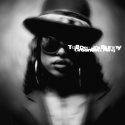


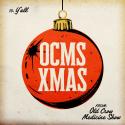
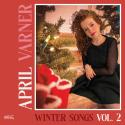






Add comment